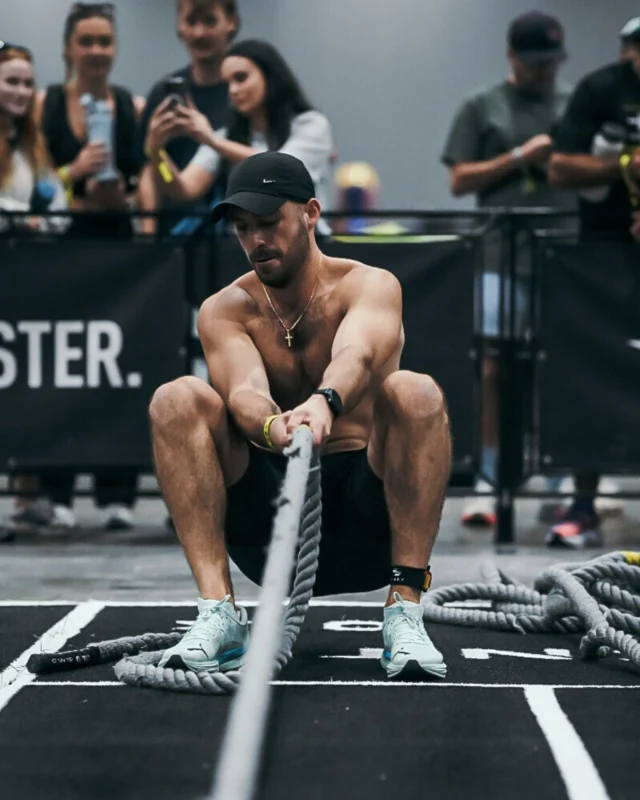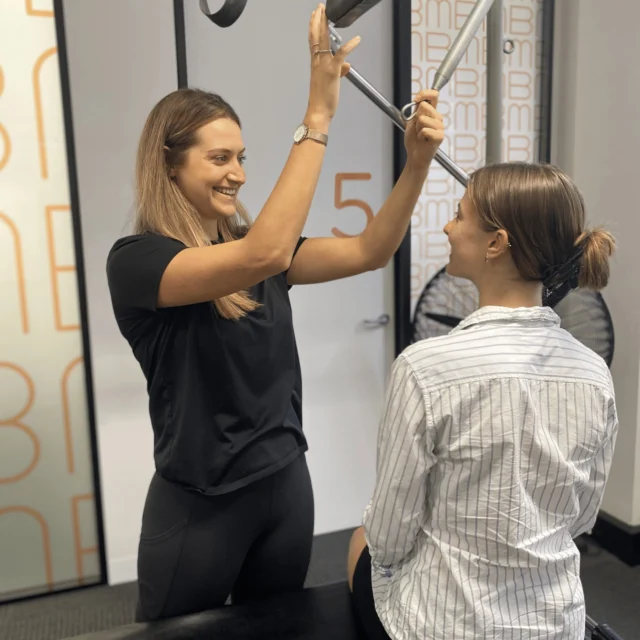If you’re in quarantine or self-isolating at home to protect yourself and loved ones amidst a global pandemic, it might be difficult to exercise or find the motivation. By why is getting your move on so important?
Have you ever wondered what happens to our body from prolonged inactivity? When we’re not moving enough for a long amount of time, we get deconditioned and lose our physical fitness. The American College of Sports Medicine defines fitness as “ability to perform moderate to vigorous levels of physical activity without undue fatigue and the capability of maintaining such ability throughout life.” In addition to losing fitness, there are also many other effects on the human body from prolonged inactivity. These include but are not limited to:
- Reduced of muscle mass
- Reduced muscle strength and endurance
- Reduced bone mass and density
- Increased resting heart rate
- Reduced lung volumes
- Disturbance of sleep
- Reduced alertness
- Reduced cognitive processing
We know that regular physical activity is important to our well-being. But did you know it reduces the risks of unhealthy weight gain, cardiovascular disease, musculoskeletal problems, diabetes, anxiety/depression, and some cancers? The World Health Organisation, in 2009, discovered that physical inactivity worldwide is the “fourth leading cause of death due non-communicable disease” and contributes to “over three million preventable deaths annually.”
Released in 2014 by the Australian Government Department of Health, Australia’s Physical Activity and Sedentary Behaviour Guidelines for physical activity in adults (18 – 64 years) state:
- “Doing any physical activity is better than doing none. If you currently do no physical activity, start by doing some, and gradually build up to the recommended amount.
- Be active on most, preferably all, days every week.
- Accumulate 150 to 300 minutes (2 ½ to 5 hours) of moderate intensity physical activity or 75 to 150 minutes (1 ¼ to 2 ½ hours) of vigorous intensity physical activity, or an equivalent combination of both moderate and vigorous activities, each week.
- Do muscle strengthening activities on at least 2 days each week.”
So are you getting enough? Get moving!
If you can’t access the gym or play any sports at the moment, there are plenty of home workouts and options to get active and fit. Contact our Physiotherapists at Bend + Mend in Sydney’s CBD for ideas and discuss an effective exercise programme tailored for you which can be prescribed online via Telehealth. Also enquire about our Pilates services – you can join these supervised exercise sessions from home through Telehealth if you’re unable to attend in person as well. So there is no excuse to be less active!
References:
American College of Sports Medicine. (2013). ACSM’s guidelines for exercise testing and prescription. (9th ed). Lippincott Williams & Wilkins.
Department of Health (2014). Fact Sheet: Adults (18-64 years). Retrieved from https://www1.health.gov.au/internet/main/publishing.nsf/Content/fs-18-64years
World Health Organisation (2009). Global Health Risks: Mortality and burden of disease attributable to selected major risks. Retrieved from https://www.who.int/healthinfo/global_burden_disease/GlobalHealthRisks_report_full.pdf





